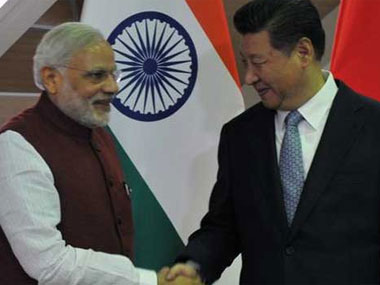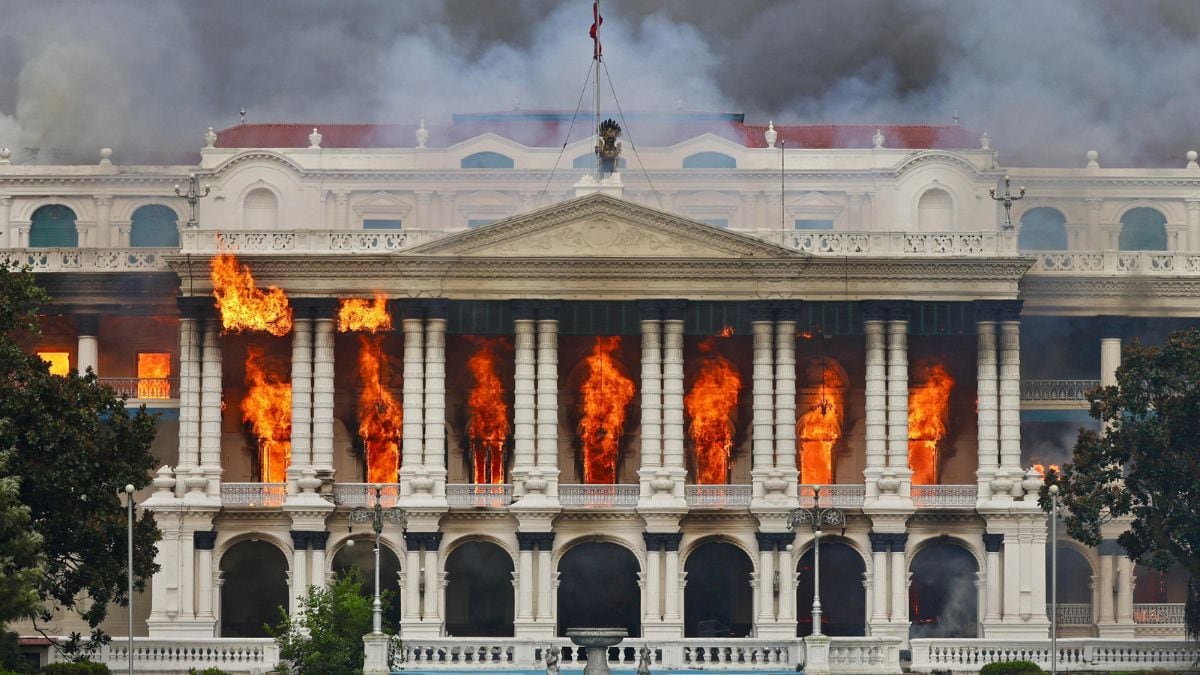When Prime Minister had a 90-minute bilateral meeting with Chinese President Xi Jinping in Ufa, Russia, on Wednesday it was their fifth meeting since last year. By now PM Modi must have got a fair idea of the kind of China Wall he is up against and what his predecessor Manmohan Singh had experienced from 2004 14 when China had upped its ante diplomatically and militarily. Yes, PM Modi did bluntly convey to Xi the anger and disappointment of the Indians over Beijing’s blocking of New Delhi’s demand at the United Nations for action against Pakistan over the release of Mumbai terror attacks mastermind Zaki-ur Rehman Lakhvi. Modi told Xi that the Chinese act in this context was “unacceptable”. And yes,he also conveyed New Delhi’s displeasure over the proposed China-Pakistan Economic Corridor (CPEC) as it purports to pass through Pakistan Occupied Kashmir. But one doesn’t know how Xi has responded to this disappointment and nor has the Ministry of External Affairs shed any clarity in this regard. [caption id=“attachment_2334884” align=“alignleft” width=“380”]  Image: Twitter[/caption] One can only surmise that President Xi would have just heard out PM Modi and not said anything substantive, leave alone giving any assurances to India. This is how China has been playing out its India-Pakistan diplomacy for years. The fact is that China’s Pakistan policy is virtually cast in stone and no amount of Indian disapproval would sway it away from that. The only possibility of China refraining from implementing its $46 billion promised investments in Pakistan – much of it directed at the CPEC – can arise only if Chinese economy fares poorly. There are no signs of that happening though the Chinese stock markets are tumbling down and have taken a hit of $3.5 trillion in the last three weeks. However, it is not as if Xi’s response to PM Modi’s protests over CPEC and the Lakhvi issue is unfathomable. One just has to take a close look at the Chinese media, all of which is state controlled. In a way, Xi’s response to PM Modi’s hard talk can be decoded by the fact that the Chinese media has completely blacked out the latter’s references to the twin issues of Lakhvi and CPEC while reporting the Xi-Modi meeting in Ufa. Instead, the Chinese media has harped only on the Belt and Road Initiative, the pet theme of President Xi. Sample the following paragraph from a Xinhua report: “He (Xi) also proposed to explore ways to effectively connect China’s Belt and Road initiative with India’s relevant development plans, in a bid to achieve mutually beneficial cooperation and common development.” So, this conveys the Chinese stance over the issues PM Modi raised with Xi. As for record sake, Indian foreign secretary S. Jaishankar had this to say in his briefing in Ufa on Wednesday evening about PM Modi’s concern over the Lakhvi issue: “The issue was discussed in some detail; Prime Minister made our concerns known very clearly on this; and I am sure that the Chinese side was impressed by the clarity and directness with which he communicated our concerns. And as I conveyed to you, it was felt that we should continue talking about this.” On the issue of CPEC, Jaishankar remarked thus: “Insofar as that Corridor project, it covers Pakistan Occupied Kashmir. Our concerns were expressed when Prime Minister went to China, and our concerns were reiterated today… We highlight the fact that insofar as that corridor passes through Pakistan Occupied Kashmir, it is a matter naturally of concern for us.” The Chinese statecraft is clear in context of deepening China-Pakistan relations. The Xi administration will continue to play hard ball and will engage with India on its own terms. But as this writer has emphasized repeatedly, it does not constitute failure of PM Modi’s China policy, just as it did not constitute the two previous prime ministers’ failure while dealing with China. It only shows that it is a challenge and the two Asian giant neighbours need to stay engaged. The good thing is that India and China are doing that precisely which is reflected by the fact that Modi and Xi have met five times since last year and many more such meetings in the pipeline in coming months. Sample the following quote of Jaishankar and it will put things in the proper context: “They (Modi and Xi) also looked at progress since May in the relationship, and we have had some progress both on the economic side, in industrial parks, in terms of investment. They looked at some dialogues which are likely to take place and preparations being made for that. They welcomed the fact that the Kailash Manasarovar Yatra through Nathu La had started off. This had a very good impact. Overall I think there was a sense that there was a new energy, a new enthusiasm in the relationship." There was some reference to their forthcoming meetings. Usually our leaders do meet at the East Asia Summit and the G20. Since they were both here for the BRICS, there was a reference to the cooperation in BRICS, the New Development Bank of which the first head is an Indian. There was some talk about the AIIB of which India the second largest shareholder. This is of course a common theme with both Russia and China, the possibilities of increasing our cooperation within the framework of the SCO. “The talks also covered border issues, the work which the Special Representatives have been charged with, the possibilities of their making accelerated progress, peace and tranquility issues, confidence-building measures including the possibility of more meeting points. And then some global issues came up specifically in the case of China - UN Security Council, our NSG membership quest, and some issues pertaining to counter-terrorism. There was also some mention of how we are approaching the challenge of the reconstruction that faces Nepal.” The bottom line is this: The best way of dealing with China is to keep raising the contentious issues while cementing bilateral ties simultaneously.
When Prime Minister had a 90-minute bilateral meeting with Chinese President Xi Jinping in Ufa, Russia, on Wednesday it was their fifth meeting since last year. By now PM Modi must have got a fair idea of the kind of China Wall he is up against and what his predecessor Manmohan Singh had experienced from 2004 14 when China had upped its ante diplomatically and militarily.
Advertisement
End of Article
Written by Rajeev Sharma
Consulting Editor, Firstpost. Strategic analyst. Political commentator. Twitter handle @Kishkindha. see more


)

)
)
)
)
)
)
)
)



